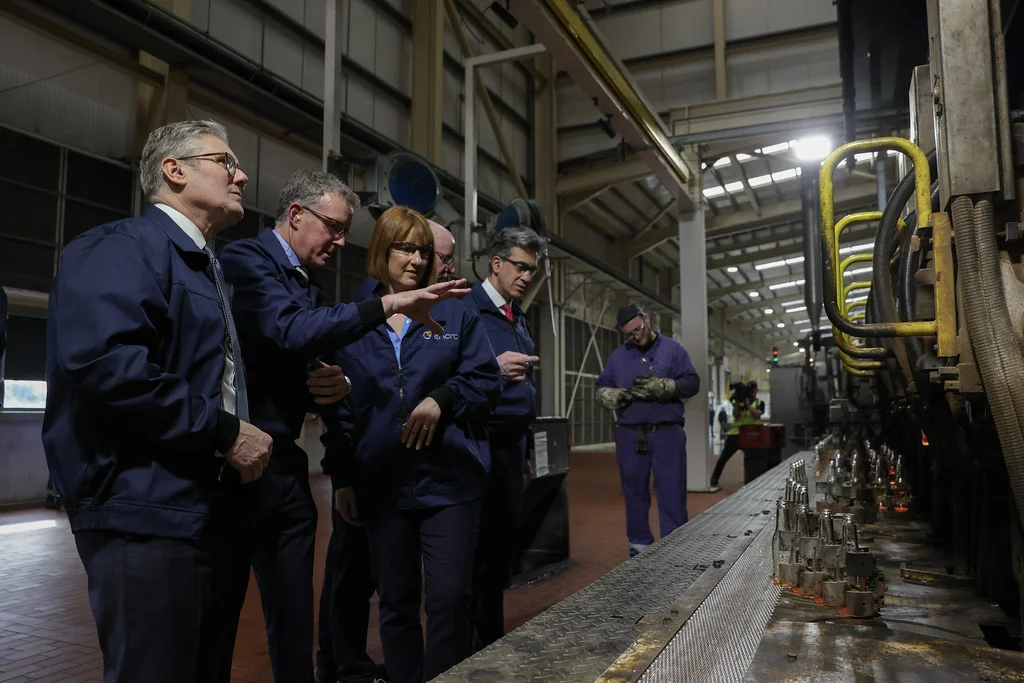UK Takes Fourth Shot at Carbon Capture and Storage Amid Skepticism
Key Ideas
- After previous setbacks, the UK government is investing up to £21.7 billion in two carbon capture and storage projects to move towards net zero emissions.
- Opponents like Greenpeace argue that CCUS is unproven, expensive, and supports fossil fuel industries, while supporters see it as a necessary step for achieving net zero targets.
- The new projects in Teesside and Merseyside aim to boost post-industrial areas, provide opportunities for workers, and contribute to the levelling up agenda.
- Investments in CCUS are seen as crucial for sectors like cement and steel manufacturing, which are challenging to decarbonize completely, according to the Climate Change Committee.
The UK government is embarking on new carbon capture and storage (CCUS) projects after previous failures. Despite opposition from groups like the Green Party and Greenpeace, the UK sees CCUS as a crucial step towards achieving net zero emissions. The new projects in Teesside and Merseyside aim to not only reduce carbon emissions but also revitalize struggling post-industrial areas by providing job opportunities. The investments in CCUS are seen as vital for sectors like cement and steel manufacturing, which are difficult to decarbonize completely. The government's move has received support from some experts and unions, who see it as a way to boost the economy and provide new opportunities for workers. However, critics like George Monbiot and Greenpeace are concerned that the investment in CCUS may incentivize continued fossil fuel extraction, rather than transitioning to renewable energy sources. The debate around CCUS reflects the broader challenge of balancing economic growth, environmental sustainability, and energy transition in the UK's path to net zero emissions by 2050. Despite the skepticism and past setbacks, the UK government is determined to make these new CCUS projects successful, viewing them as essential components of a comprehensive strategy to combat climate change and achieve long-term sustainability.
